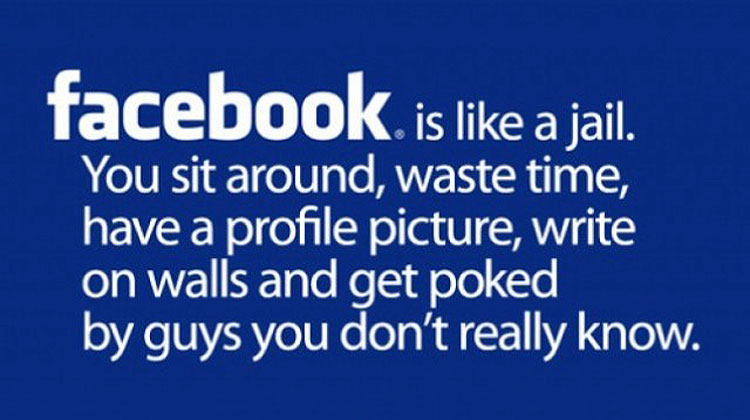You can skip this ad in 5, 4, 3… – what Facebook video ads mean for brands.
As Facebook looks to launch video advertising in users’ news feeds in the coming months, the message from consumers is loud and clear: video ads on Facebook need to be relevant if the social network doesn’t want to risk pushing its user base away. In our informal straw-poll of 100 consumers, over two-thirds of people said that receiving irrelevant video ads on Facebook would make them inclined to use Facebook less. However, 30% of consumers said they would watch a video advert about a topic they have recently posted about, indicating that there is a significant potential for videos to drive consumer awareness and clicks.
That’s the million pound question though; what is relevant to each Facebook user? The brands using the Facebook video ad service must consider carefully how they determine relevance. Facebook is able to provide advertisers and marketers with a vast amount of consumer data, rivalled probably only by Google. It follows therefore that it should be relatively easy for savvy brand marketers to ensure the video ads served are relevant based on the information users provide within their profiles.
It’s also useful for band marketers to note that although data privacy laws and consumer awareness campaigns keep data sharing top of the agenda in the online advertising world, Adobe recently found that 71% of European consumers are comfortable with targeted advertising based on their behaviours.
So, all systems go for brands and Facebook video ads, right? Not so fast. A study of Facebook users by MyVoucherCodes.co.uk found that over half of Facebook users say they are fed up with constant adverts and sponsored posts, from which we can deduce that consumer are not finding many of these ads, posts or sponsored links interesting, useful or relevant at all, regardless of the fact that they are meant to be targeted based on actionable sets of data. This suggests that brands cannot rely on user data by itself to facilitate targeted video ads. Since data needs to be taken in context to be useful, how can brand advertisers maximise the user generated content on Facebook for insights that can help them target content more effectively.
Firstly, it’s important to take a look at the platform itself. At the heart of the Facebook platform is the newsfeed, which typically includes pictures or Instagrams of what the user did last weekend, messages from friends, ‘likes’ of a brand page or shares of the latest viral video – or any combination of the above. Due to the very nature of Facebook much of this content will be user-generated. Some of the visual data (photos and videos) will be put into context with the description that each user adds next to the image or video, for example ‘BBQ in our new garden’. This lets brands and advertisers know that this user has a garden and may be interested in brands that sell garden furniture or plants.
However, we can’t assume that most images or videos will be tagged in such a clear and accurate way, particularly with the way that the Facebook mobile app works (which encourages you to add rich, user-generated content with only a couple of quick taps). In order to maximise user engagement, the brands that can make sense of Facebook’s visual data, even when it’s not tagged or described in plain-text, and serve appropriate video ads in response, will hold a significant advantage over those that cannot.
Facebook video ads are as yet an unproven platform for brands, it remains to be seen how consumers will react to them, and which brands will lead the way in successfully targeting video ads within the social network. Nonetheless, the potential exists for brands to truly understand user-generated content, and work to contextualise it rather than blasting users with untargeted and ultimately boring averts.
By Adrian Moxley – CMO and co-founder of WeSEE.

